A very tasty mushroom but as with all Morels it must be well cooked before consumption.
This mushroom has gone through some scientific name changes and was Morchella vulgaris, now it has been added to the Morels, Morchella esculenta, but we are keeping it as Common Morel as it will probably be added back to the Common Morel group at some point.
Home / Mushroom Guide /
Common Morel
Common Morel
| Mushroom Type | |
| Common Names |
Common Morel (EN), Gray Morel (US), Sötét Kucsmagomba (HU) |
| Scientific Name |
Morchella vulgaris |
| Synonyms |
Morchella esculenta var. vulgaris |
| Season Start |
Mar |
| Season End |
May |
| Average Mushroom height (CM) |
20 |
| Average Cap width (CM) |
15 |
Please note that each and every mushroom you come across may vary in appearance to these photos.
Cap
Conical or ovate with a network of irregular ridges and pits arranged like labyrinths. The pits usually aren’t has polygonal shaped (honeycomb like) as the ones of the Yellow Morel. The cap is hollow and joined to the stem at its edge.
The cap usually remains grey to dark grey for a long time before becoming paler, light brown or ochraceous grey, or occasionally creamy white. The ridges are thick and lighter coloured, specially white when young
The Common Morel is highly variable so size and colour can vary greatly within this particular mushroom.
Stem
White/cream, more or less hollow, with uneven furrows run vertically up the stem.
It’s usually much thicker towards the base in a shape that is often compared to an elephant foot.
Flesh
Fairly thin and white on the inside. With a faint pleasant smell that intensifies after drying.
Habitat
Woodland, pastures, gardens, wasteland, on verges and even on dunes. Usually under trees or associated with woody plants. It seems to have a preference for poor alkaline soils such as chalk and limestone.
Possible Confusion
The False Morel, pictured, but this is more lobed or brain-like rather than the pitted and honeycomb like cap of the morel. The False Morel also differs in not having a completely hollow cap.
The Black Morel can look similar, even in colour when young, but usually the ridges are arranged in fairly regular vertical lines, unlike the irregular pits of the Common Morel. The ridges on the Black Morel also become darker than the rest of the cap with age, unlike the paler ridges of the Common Morel.
The Morel is very closely related, it is more yellow in colour from an early stage. The Morel has thinner edges and polygonal shaped pits looking more honeycomb like than the labyrinthic pits of the Common Morel. Intermediate forms exist that may be hard to differentiate. The Common Morel (Morchella vulgaris), is actually part of the “Morels” group. The “Morels” are a large group (technically called a clade or section) of very similar species, and mycologists still haven’t established exactly how many species exist, their distribution, and how they differ from each other. The forager shouldn’t worry about precise distinction as all Morels seem to be excellent edibles.
Spore Print
Pale cream to yellow. Ellipsoid.
Taste / Smell
Very good but requires thorough cleaning to remove mud, debris and insects. A good mushroom to dehydrate. Must be well cooked before consumption. All Morels are poisonous when raw or undercooked causing gastric upsets and other alarming symptoms.
Frequency
Uncommon find.
Other Facts
While highly sought after, this can be a difficult mushroom to go out looking for and is usually found accidentally while looking for other edibles.
Although there are recipes at the bottom of the page the Common Morel is such a delicious and hard to find mushroom that it is best simply cooked in butter and seasoned. As pointed out above it just needs to be well cooked, so no lightly tossed Morels.



 (21 votes, average: 3.90 out of 5)
(21 votes, average: 3.90 out of 5)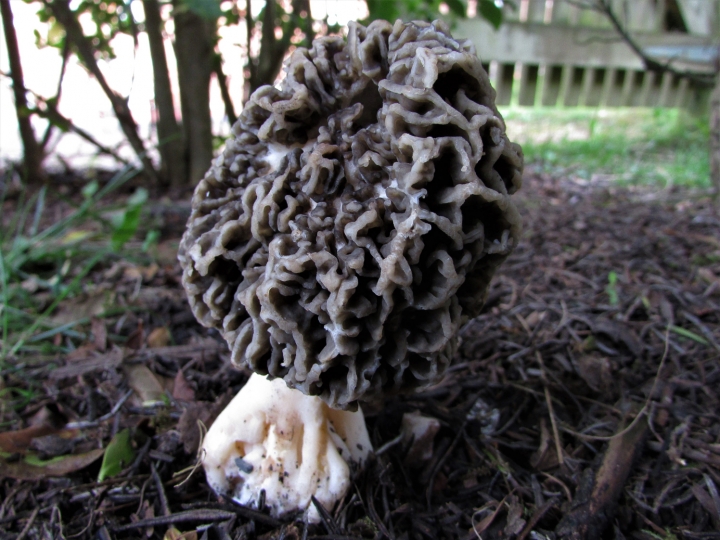
















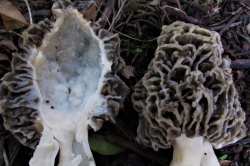

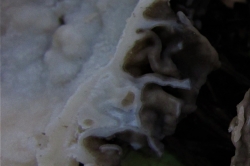
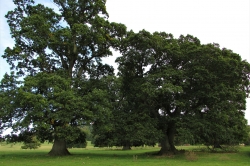
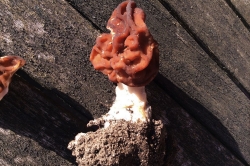
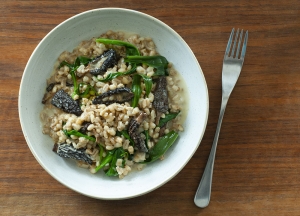
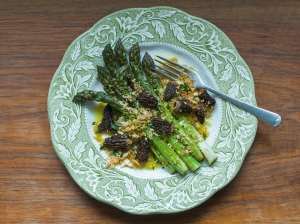
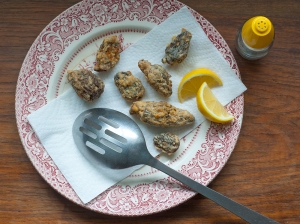

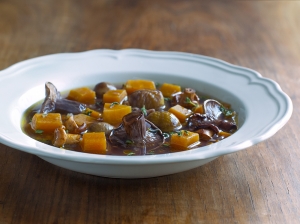
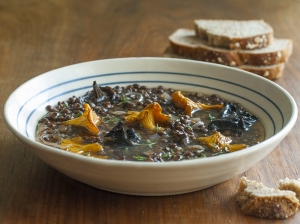
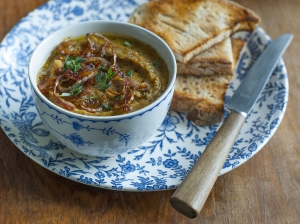







Leave a Reply